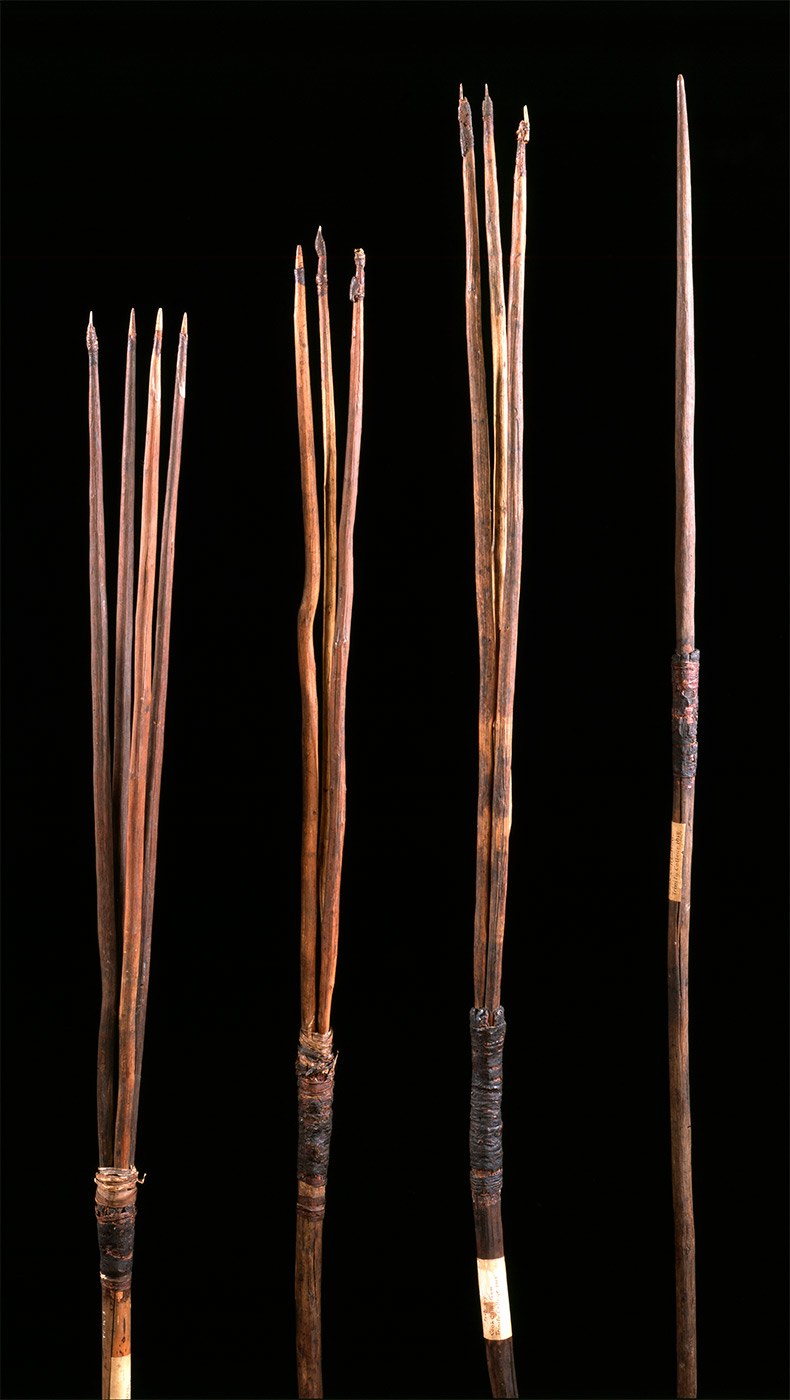Cardinia Shire Council has formally endorsed a Biolink Plan to increase vegetation for wildlife habitat, improve waterways and help set environmental priorities for the shire.
A biolink is a wildlife corridor that connects pockets of native vegetation so wildlife can move easily between areas.
Cardinia Shire Council used the latest technology in wildlife species computer modelling and aerial vegetation mapping to identify key wildlife areas and potential ‘biolinks’ across Cardinia Shire before opening the draft plan to community consultation.
Residents were asked how they could support native plant and animal habitats on their own property and identify areas within the shire with significant biodiversity value, or areas they think should be reprioritised.
Cardinia Shire Council Mayor Councillor Jeff Springfield said the adopted Biolink Plan identified where new wildlife corridors were needed most.
“Cardinia Shire is one of the largest local government areas in metropolitan Melbourne and we’re also a growth area. This change in land-use leads to habitat loss and fragmentation, which affects animal and plant populations and hampers pollination and the movement of animals,” explained the Mayor.
“This means that biodiversity can be limited to small pockets of habitat which are vulnerable to environmental threats such as pests, diseases, fire and climate change, making it difficult to support viable, long-term populations.”
“The creation of new biolinks enables us to connect these areas of fragmented vegetation across the shire to encourage the movement of wildlife and pollination, increase the genetic diversity in breeding populations, and ensure the long-term viability of our native plants and animals,” said Cr Springfield.
The plan makes reference to 15 ‘indicator’ species including the greater glider, the eastern yellow robin and the southern brown bandicoot for future Council and community monitoring programs.
The Biolinks Plan provides a long-term strategic direction for Council’s environmental works over the next ten years ensuring Council programs and resources can be better targeted to the most important conservation areas.







